ARTICLE AD BOX
The dramatic flare-up of tensions and targeted cross-border strikes between India and Pakistan this week has raised the spectre of a first all-out war between the two nuclear-armed neighbours in decades.
The two countries have fought two wars since independence over the disputed region of Kashmir – and three in total – and the picturesque Himalayan valley is once again at the centre of their standoff. Already arguably the most highly militarised region in the world, with hundreds of thousands of troops and paramilitary forces deployed to maintain security in Indian-administered Kashmir at the best of times.
But taken together, the Indian and Pakistani militaries boast a total of around 2 million armed forces personnel. It means an all-out conflict would be one of the largest by number of combatants since the end of the Second World War.
Here’s how the two militaries compare against each other
India’s military is ranked fourth by think tank Global Firepower out of a total 145 nations, while Pakistan ranked 12th in 2024. Additionally, India falls in a higher tier of military power than Pakistan, as per the Military Watch Magazine.
India has one of the largest standing armies globally, with over 1.47 million active-duty soldiers.
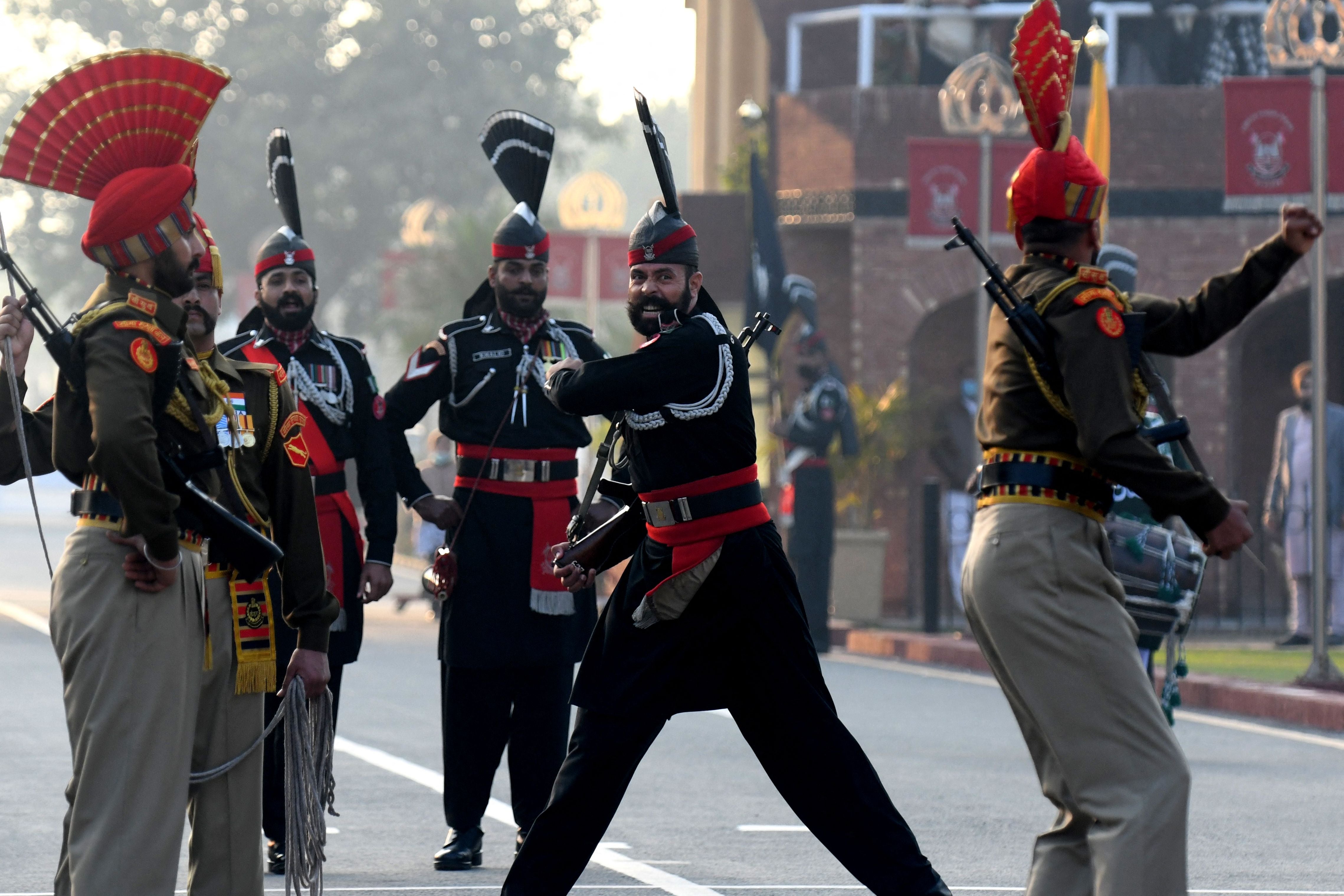
India has 1.4 million active personnel in its defence forces – 1,237,000 in the army, 75,500 in the navy, 149,900 in the air force, and 13,350 in the coast guard. Pakistan's strength is thinner, with under 700,000 personnel, of whom 560,000 are in the army, 70,000 in the air force, and 30,000 in the navy, according to the International Institute for Strategic Studies in London.
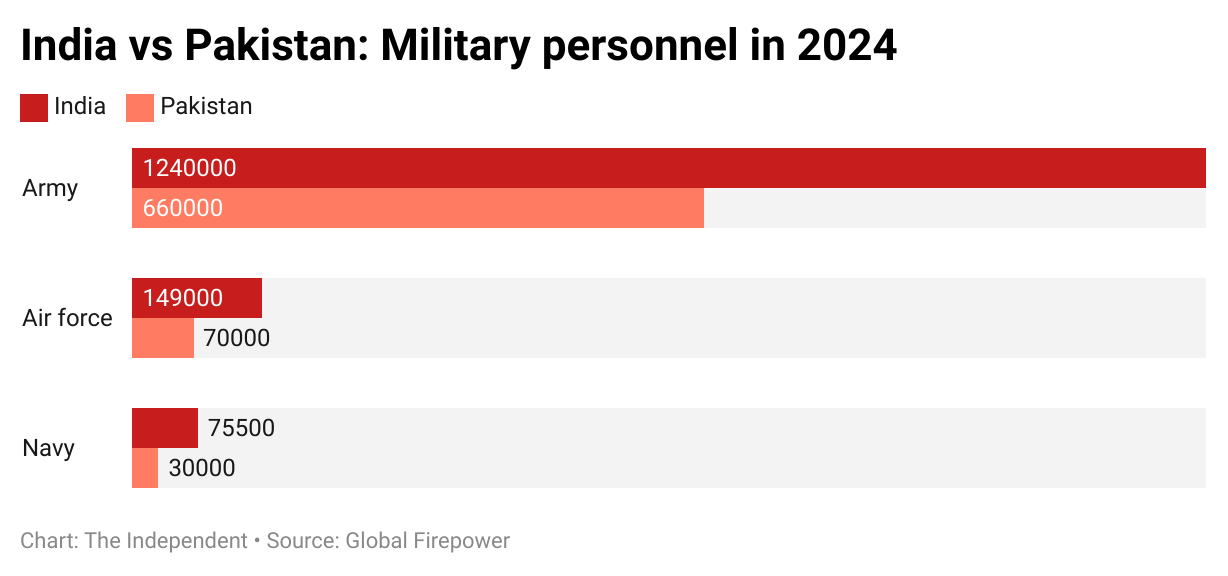
The London-based think tank says Pakistan’s defence spending was a tenth of its neighbour last year.
In 2024, India spent around $86bn last year on defence, becoming Asia’s second-largest military spender after China and sixth globally.
On the military resources, ammunition and battle vehicles, India has another edge over Pakistan with nearly double the number of tanks than Pakistan has. India has a total of 4,201 tanks against Pakistan’s 2,627, according to Global Firepower. India leads on the airpower front as well with an estimated total of 2,229 aircraft, as compared with 1,399 of Pakistan’s.
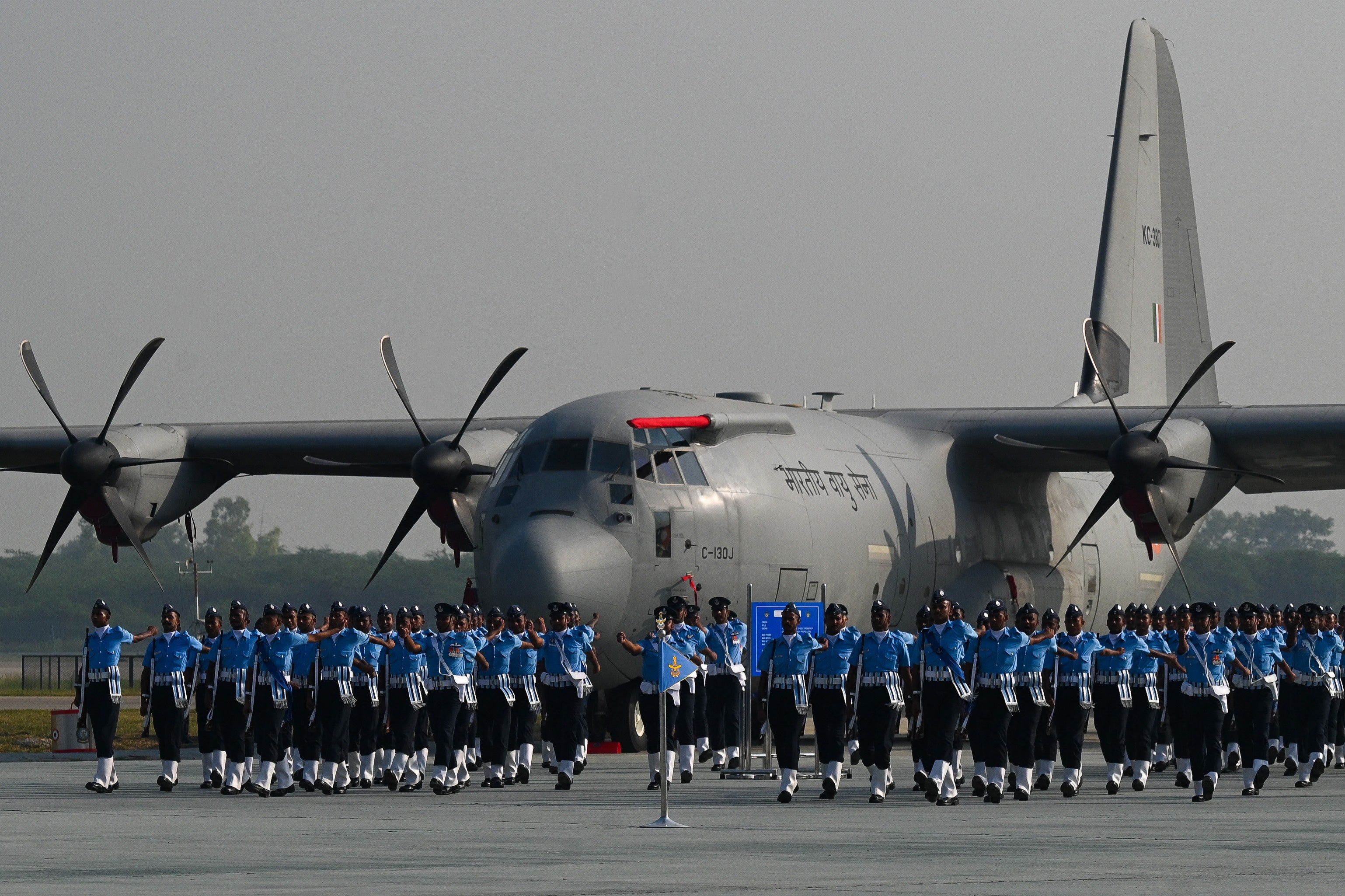
The two nations are almost identical in terms of nuclear capabilities. India possesses around 172 nuclear warheads, while Pakistan is close behind with around 170, US-based think tank Arms Control Association said, citing data from 2024.
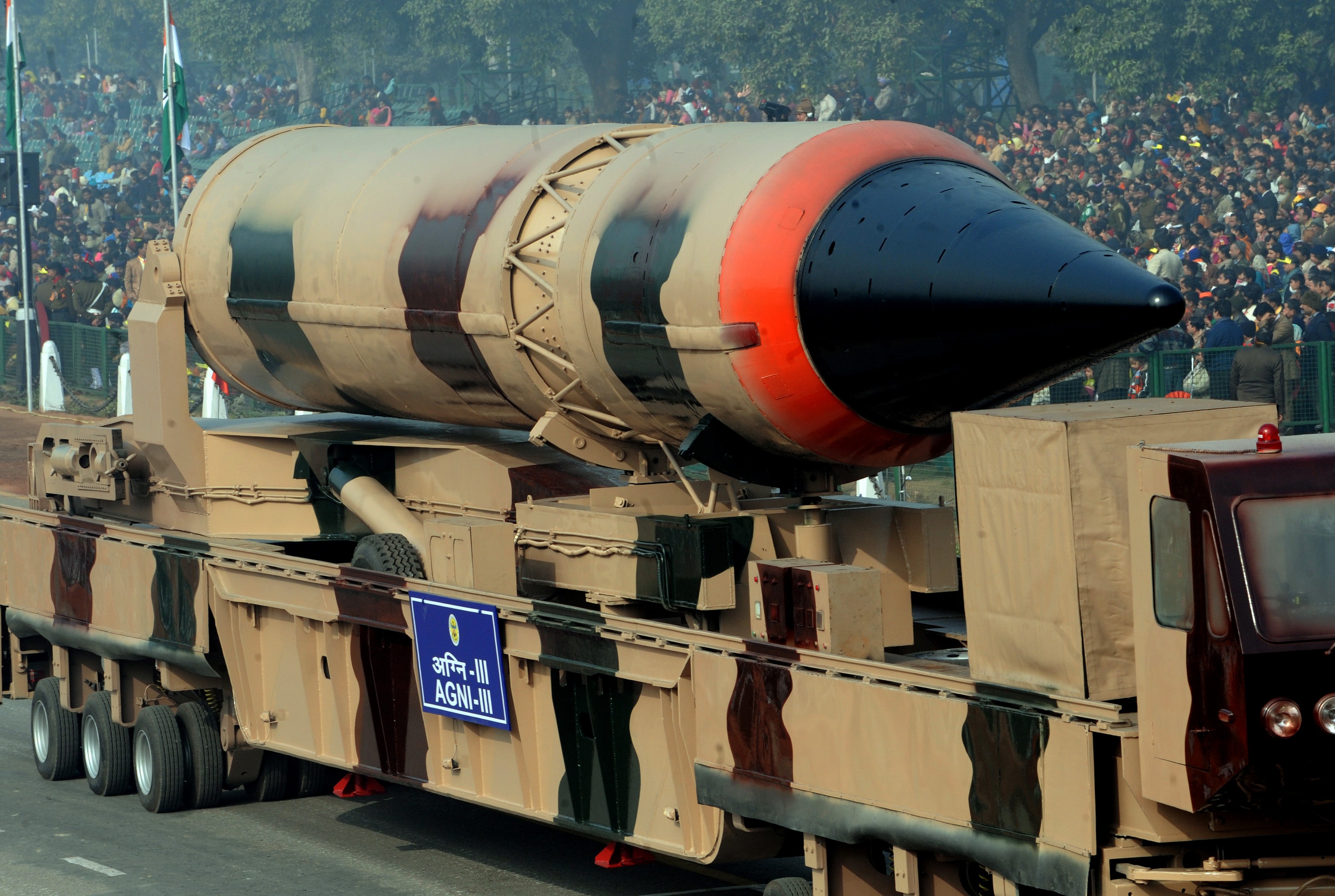
“With 170 plutonium-based nuclear warheads on short- and medium-range systems, Pakistan already has enough nuclear firepower to deter a nuclear attack from India and obliterate much of the subcontinent,” the Arms Control Association said.
Pakistan continues to “produce fissile material and retains the option to use nuclear weapons first against non-nuclear military threats”, it said.
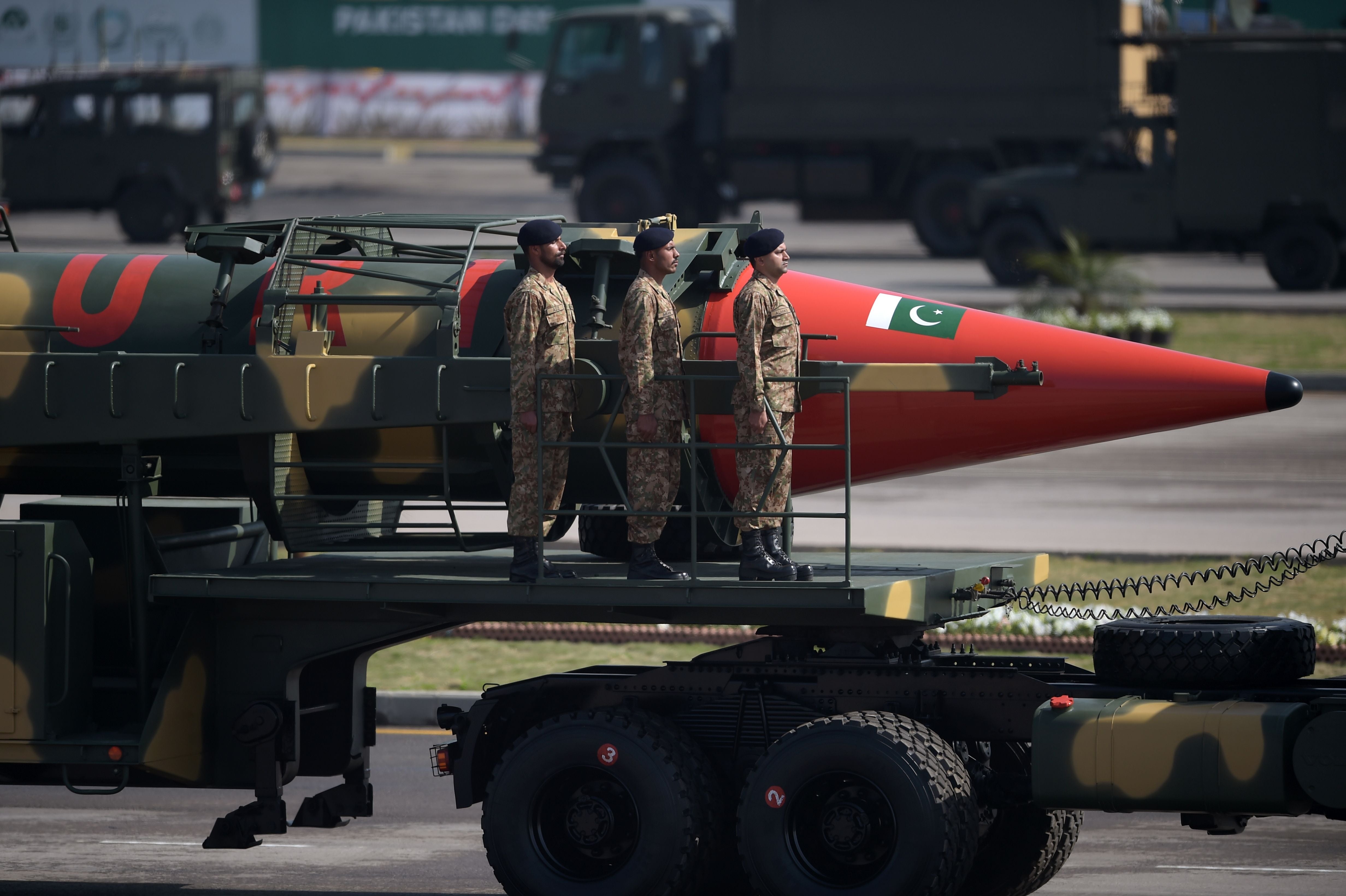
Military experts in Pakistan claimed their smaller armed forces have already proven their capabilities by downing Indian warplanes – including a French Rafale – in the latest cross-border escalation.
“The perception here in Islamabad is of pride and jubilance. The Pakistani military, especially Pakistani Air Force, is seen to have done a wonderful job. India has struck all civilian targets because there were no militants there as these were previously banned sites,” said Abdullah Khan, managing director of the Pakistan Institute for Conflict and Security Studies.
“But Pakistan, in retaliation, did it for all the military targets and we downed a number of Indian jets. Despite limited in numbers and capabilities, Pakistan engaged Indian military targets successfully not only in the air but also along the line of control and struck Indian aircraft on their own territory,” he told The Independent over a phone call from Islamabad.
According to experts, while India is visibly better armed and can afford a longer conflict, a war with Pakistan is not going to bode well for its vulnerabilities against China.

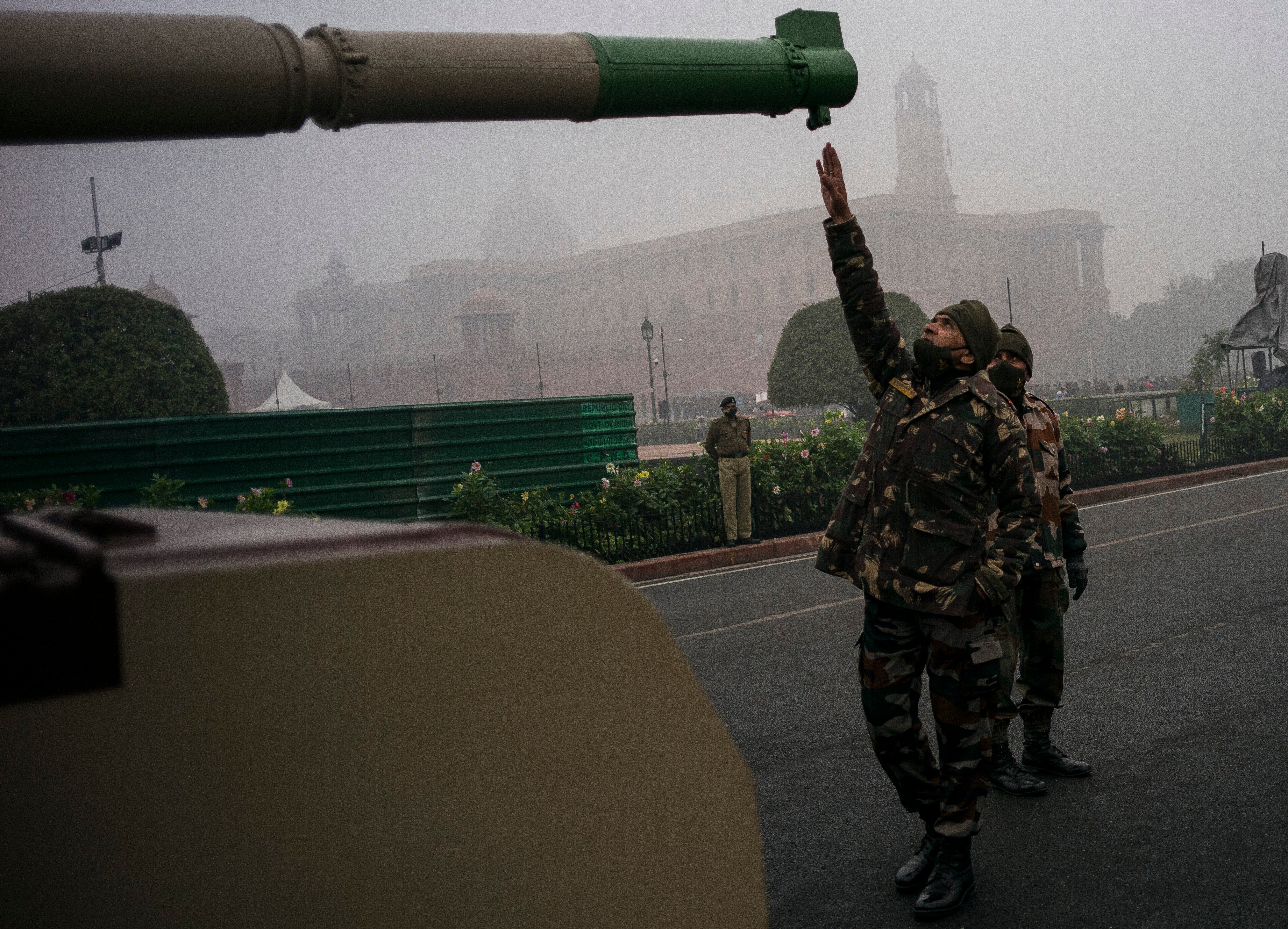
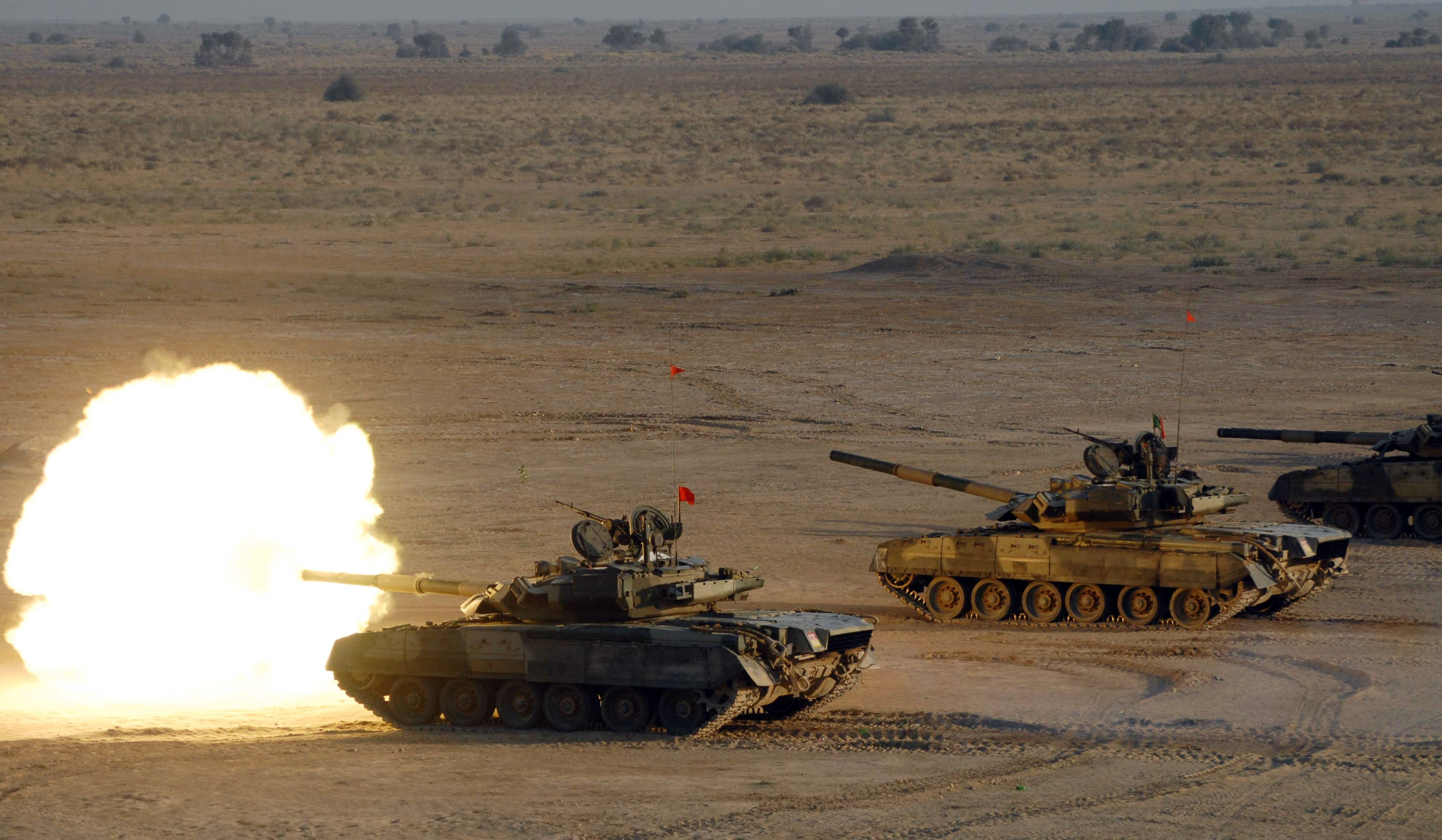
“Both states can afford a short, limited conflict but neither state can afford a drawn-out, high-intensity conflict. Even a few weeks of high-intensity conflict would seriously strain both countries’ militaries. India can afford a drawn out conflict more than Pakistan, but getting drawn into such a conflict would expose India to risks on its other front with China,” said Christopher Clary, associate professor at the department of political science at University of Albany.
The current high-tension conflict, he said, is more about “bluster and posturing” than an actual drawn out war.
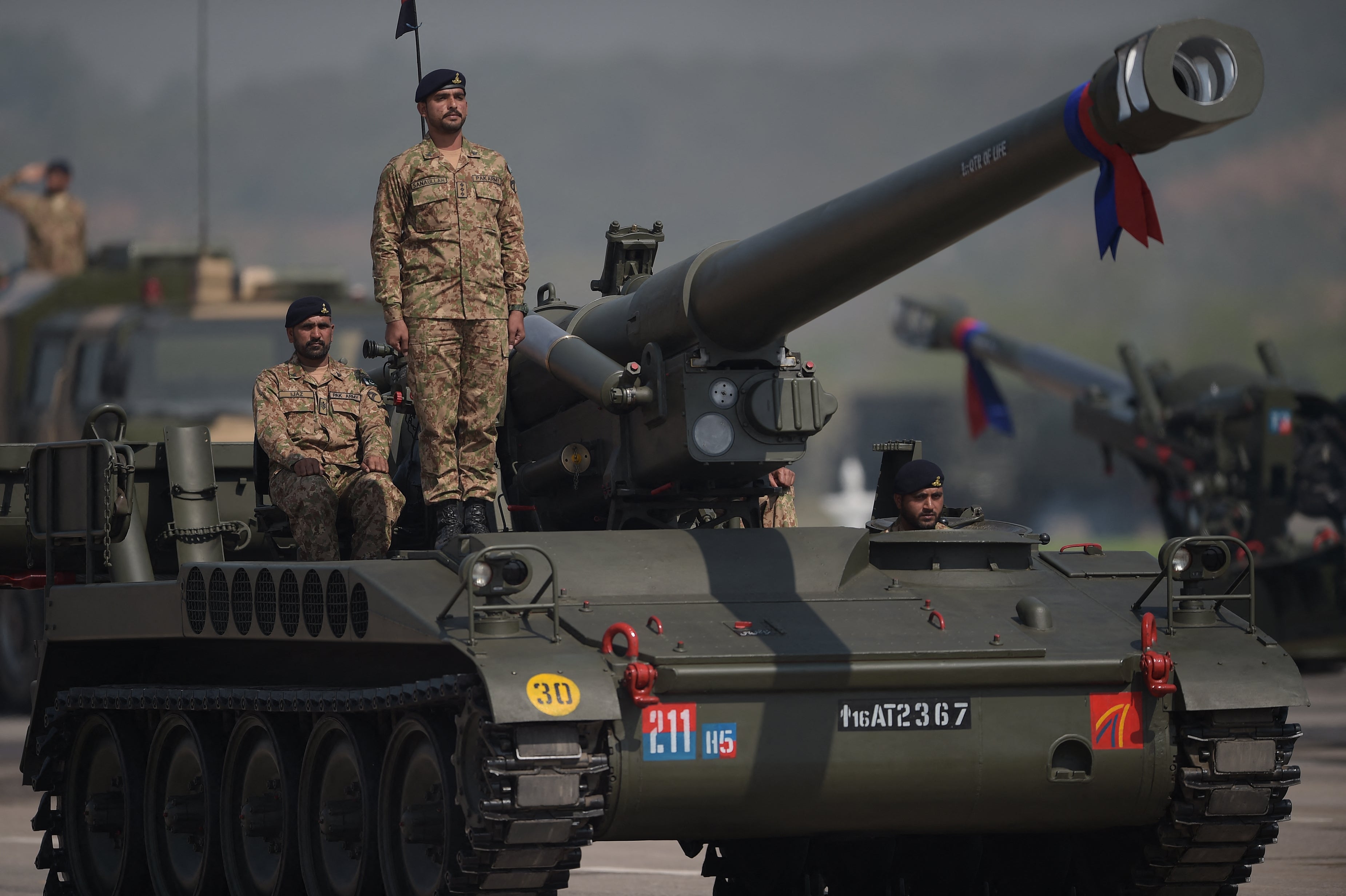
“This is about being able to declare a political victory at home, rather than meaningfully degrading adversary military capabilities. That means this conflict is more about posturing than war-fighting – though there is serious fighting in small pockets and for brief periods,” he tells The Independent.
“Governments are in the business of saying they are prepared even when they are unprepared,” Clary says.
"The Indian forces are about double the size of Pakistan's forces... if it came to a war, India will win," says Sky's security and defence analyst Michael Clarke.









 English (US) ·
English (US) ·